What a joy this spring to walk around our yard here in Southern California – a former lawn now full of native and other wildlife-attracting plants. The native bees have arrived in higher numbers, challenging the busy honeybees on our blooming ceanothus and lavender. Our resident Anna’s hummingbird seemed to survive the cold spell this winter and is perching on his usual tree branch on the side of the yard.
on the side of the yard.
And our backyard, which we call the ‘jungle’, combines 40 year old sycamores, eucalyptus, and a variety of oaks with our newer native plants (a variety of sages and other California natives.) The tall canopy and plant variety attracts a host of birds.
Some exciting findings this spring along with photos are below — plus some articles I’ve read recently that reinforce what we’re doing.
1) Attract the Native Bees and they will come… At a recent horticulture meeting, Kurt Leuschner, a professor at College of the Desert in Palm Desert, encouraged attracting native bees by drilling holes in untreated wood. I made some 1/4 to 3/8 inch diameter holes about 3 inches deep along an old wooden fence of ours. Today (late March) I saw that that each one was being used, either all filled in, or native bees were in the process of laying eggs. Exciting! See photos above and below. To accommodate different species of bees (there are 200 species of native bees in our area), Leuschner suggested varying sizes from 1/4 to 1/2 inch and from 3 to 6 inches deep. (For more info, see my pollinator article about his talk)
2) Wild Bees for Agriculture: In late February reporter Geoffrey Mohan did a story in the Los Angeles Times A wild answer to farmers’ lack of bees about the importance of native bees in agriculture and the need to preserve wild habitat. Research shows native bees are better pollinators than the imported European honeybees, which pollinate so many of our crops, and actually push honeybees to work harder.
3) More Butterflies I’m seeing a variety of different butterflies on our property. I wish I could say I’ve id’d them but except for a swallowtail species, I have not — but there’s been at least a half dozen different types flitting by.
A Butterfly Paradise Returns: An interesting article “A Flutter in a Ghost Town”‘ earlier this month in the Los Angeles Times described the comeback of the endangered El Segundo blue butterfly in an area next to Los Angeles mega-airport LAX. A project replaced non-native vegetation with native buckwheat in the area called Surfridge, formerly an exclusive community of homes prior to LAX. I recall my 92 year old father-in-law, who grew up in Los Angeles, wonder why there used to be so many butterflies when he was a boy. Maybe they’ll make a comeback if we continue to restore native habitat.
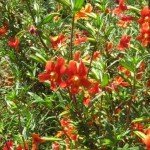
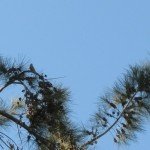
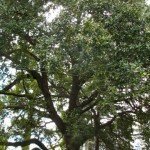
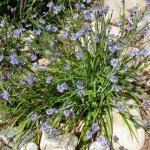

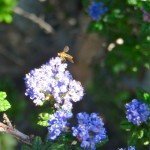
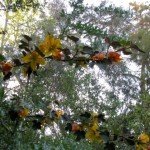
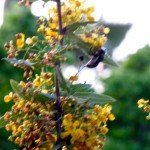


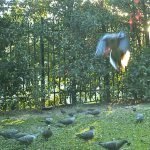
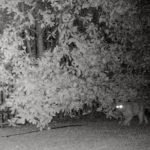
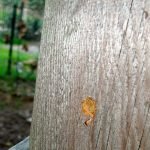

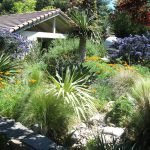
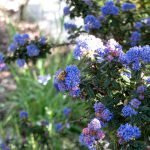
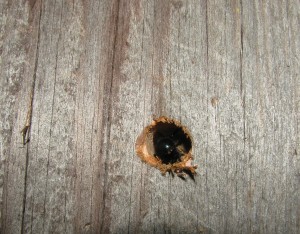
Dear Linda Richards,
Thanks for writing these wonderful helpful articales. Sharing this one on facebook.
God Bless,
Monika Moore